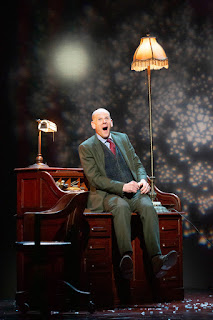Jennifer Koh wraps up her examination of solo Bach juxtaposed with modern works

The "Bach & Beyond" series that the wide-ranging American violinist Jennifer Koh launched in 2012 has Jennifer Koh explores Bach et al. now finished with the third and final album ( Cedille Records ). Not surprisingly, it ends the series with distinction, setting on two discs J.S. Bach's solo sonatas Nos. 2 and 3 beside (respectively) Luciano Berio's "Sequenza VIII" and John Harbison's "For Violin Alone." To get to the Bach performances first: It's amazing how much lyricism she finds in the music. All the contrapuntal implications don't swamp the elucidation she gives to the composer's melodic savvy. Each sonata contains a demanding fugue, and there Koh clearly lays everything out, line by line. Her rhythmically secure playing avoids suggesting that her approach is either too calculated or too swayed by the moment. In the fugue movement of the A minor sonata, I hope it's not too fanciful to hear in the repeated two- and t
